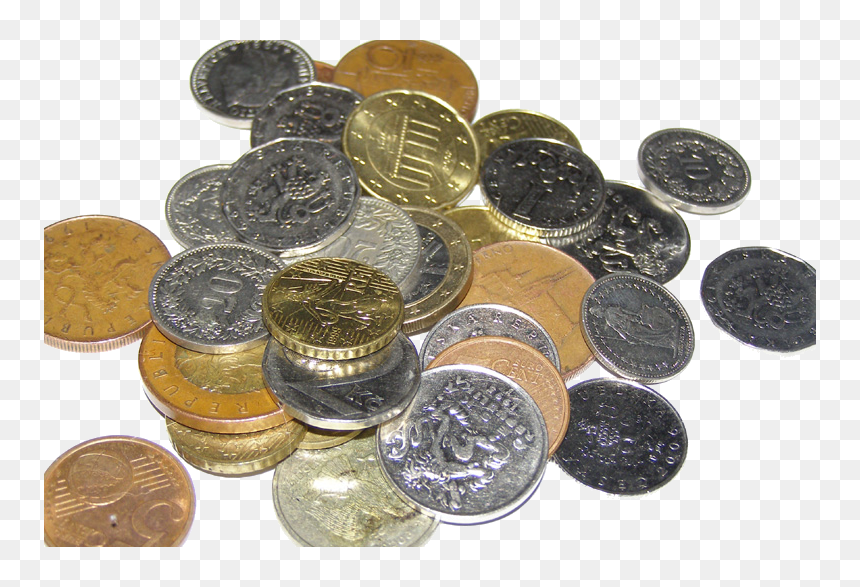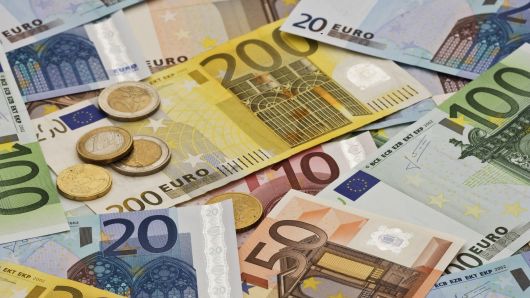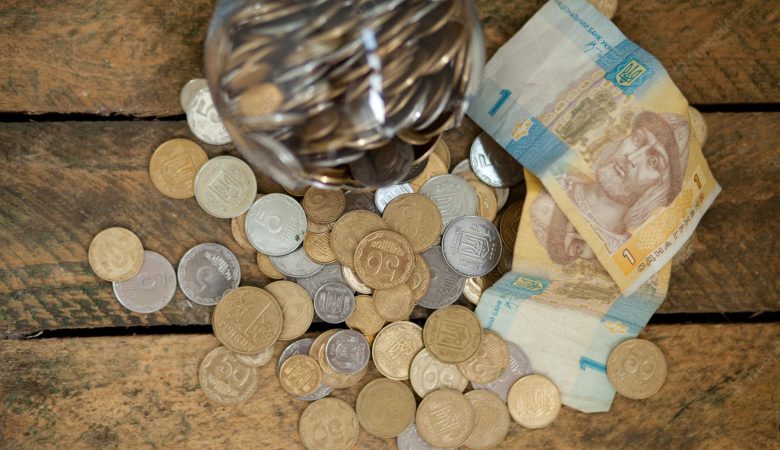Introduction:
Indian coin history is an intriguing tale spanning millennia that reflects the multiplicity of civilizations, dynasties, and economic forces that have molded the Indian subcontinent. Indian coins, from the old punch-marked pieces to the contemporary, artistically designed pieces, provide an engrossing look into the country’s political, economic, and cultural development. This article traces the evolution of coinage from antiquity to the modern era, examining the rich tapestry of Indian numismatics.
Ancient Indian Coins:
The earliest known currency in India dates to the Mahajanapadas (great kingdoms) of the sixth century BCE. Punch-marked coins were the first coins manufactured from metal, where symbols were punched onto the surface. These stamps were applied on silver or copper coins and functioned as early forms of payment in trade and commerce. They frequently represented the issuing authority.
In Indian numismatics, the Mauryan Empire (322–185 BCE) was a pivotal period. Renowned for his writings on rocks and pillars, Emperor Ashoka also produced a great deal of coins bearing proverbs and other symbols that demonstrated his dedication to Buddhist teachings. The Buddhist moniker that predominates on coins from this era is indicative of the religious and cultural influences on numismatic art.
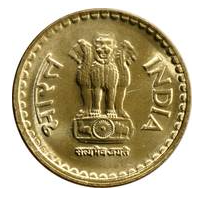
Golden Age of Indian Coins – Gupta Period:
The term “Golden Age” in Indian numismatics refers to the Gupta Empire, which ruled from the fourth to the sixth century CE. Gold coins minted during the Gupta dynasty are regarded as masterpieces of traditional Indian art. These coins demonstrated a high degree of workmanship and artistic awareness with representations of monarchs, goddesses, and elaborate patterns. The Gupta dynasty’s gold dinar is especially prized for its artistic grace and purity.
Islamic Influence on Indian Coinage:
The introduction of Islamic kings to the Indian subcontinent marked the beginning of a new era in currency. Indian coinage first included Islamic calligraphy and artwork during the Delhi Sultanate (1206–1526 CE). Arabic text and geometric designs blended together with the established Indian artistic traditions to become distinguishing elements. The sultans had a long-lasting influence on the development of Indian numismatics, and the usage of silver and copper coinage persisted.
Mughal Coinage:
The Mughal Empire (1526–1857 CE) saw the pinnacle of currency art. Monarchs like as Akbar, Jahangir, and Shah Jahan produced coins that had stunning illustrations of flora and animals, as well as fine calligraphy and precise portraits. The basis for the current Indian monetary system was established during Akbar’s reign with the introduction of the rupee, a standardized silver coin. Mughal coins gained notoriety as little pieces of art but also for their monetary worth.
Colonial Era and the East India Company:
The introduction of European powers to India resulted in notable modifications to the currency. After using local currency at first, the East India Company finally produced its own coins with English lettering. A break from traditional Indian numismatics was brought about by the introduction of the “Anna” as a unit of money, which reflected the impact of British colonial rule.
British India:
The Indian monetary system was standardized during the British Raj (1858–1947). Coins with Queen Victoria’s image were produced, and the rupee was made the national currency. To make monetary denominations simpler, the “Naya Paisa” was introduced in 1957 as part of the decimalization process. Indian coins have developed since independence, showcasing the country’s many cultures and economic strategies.
Post-Independence Era:
In 1947, India gained independence, but the rupee remained the national currency. Over time, national emblems, notable figures, and cultural themes have been included into the design of coinage, which has experienced several alterations. The Reserve Bank of India (RBI) is essential to maintaining the stability of the monetary system since it issues and controls currency.
Commemorative and Special-Issue Coins:
India has a custom of creating commemorative and special-issue coins in addition to ordinary coinage to commemorate important occasions, anniversaries, and cultural festivities. These coins, which are frequently composed of priceless metals, support art and culture while also acting as collector’s goods.

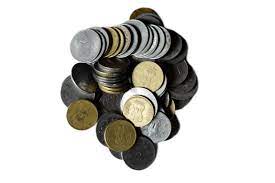
Conclusion:
The evolution of Indian coins from their prehistoric punch-marked pieces to the contemporary money in circulation bears witness to the country’s rich cultural heritage. Every coin is a little but important part of the greater story of India’s political and economic development. With numismatics enthralling collectors, researchers, and enthusiasts, Indian coins’ heritage endures, providing a material link to the past and an insight into the subcontinent’s creative and historical fabric.

